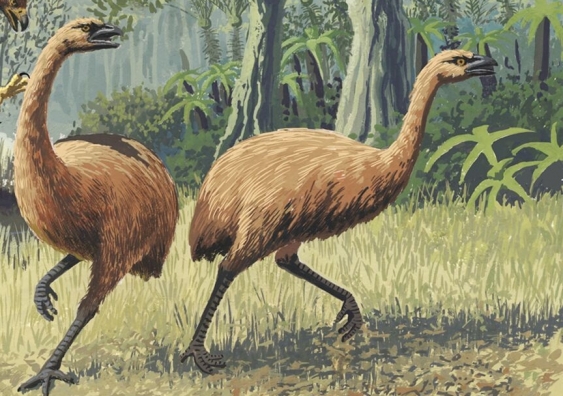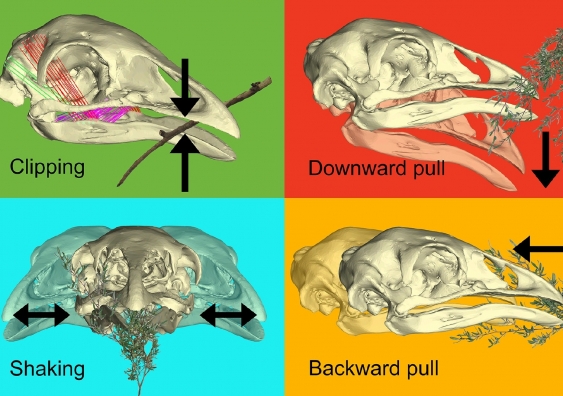New Zealand's extinct moa irreplaceable, research reveals
Introducing Australian emus and cassowaries to New Zealand to fill the ecological gap left by the extinction of the moa would most likely fail, reconstructions of the giant flightless birds' feeding behaviours show.



